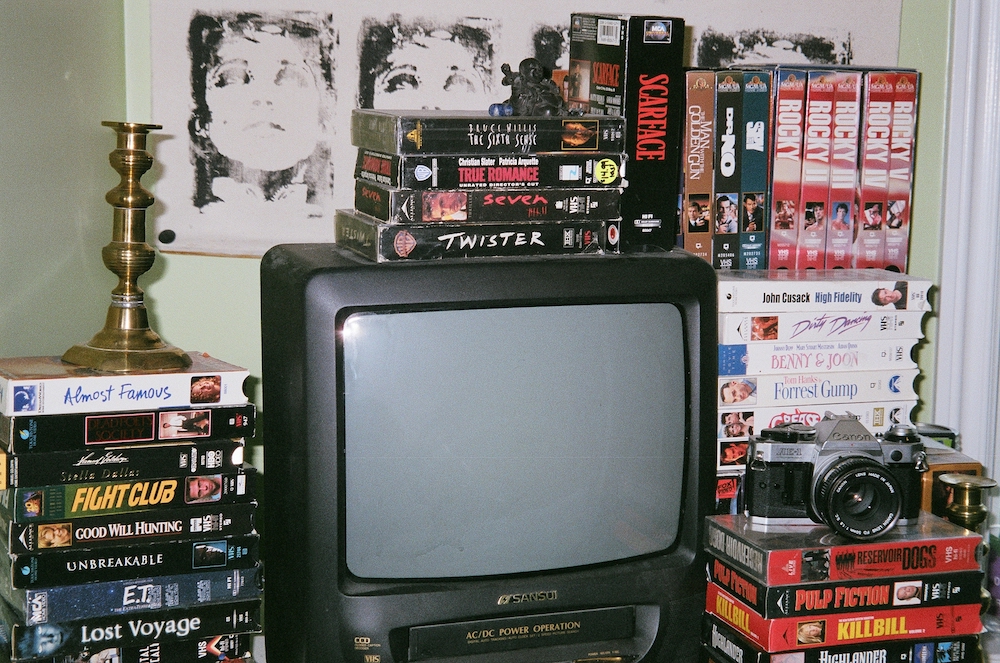Last Friday, I listened to Prince by Prince on vinyl while I handwrote a letter to a friend, wandered the streets taking videos on my handheld camcorder, and watched my favourite John Cusack film High Fidelity on VHS. It is 2021, and yet I find that my days are consumed by the use of various forms of analog media. In an era where our lives are entwined with an online space, there is a need for a tangibility that only early media can provide.
Although the resurgence of analog may seem ridiculous to some who consider it inferior to new technologies, there is value in preserving and returning to older types of media. I am aware that my VHS collection is outdated, but streaming a movie on my laptop does not even slightly compare to the process of watching a film on my small box TV. From carefully choosing which film to watch, taking the movie out of its cover, rewinding the tape if my past self was not kind, and finally pressing play, there are no interruptions except the subtle background noise of the popping static and whirring of the spinning tape. Criterion enthusiasts and even my parents would agree that this way of watching a movie is absurd, but the physical nature of the antiquated process provides me with unparalleled comfort. As the credits of a movie I have just streamed roll by, I will turn to FaceTime to talk to my sister about it, or continue the seemingly endless cycle of scrolling the internet. But at the click of the tape coming to its end, I’ll press rewind, sitting and thinking about the film before perhaps turning to a book. Among other things, being offline encourages me to connect with my surroundings and be more mindful in the process.
For me, the use of analog media is a natural inclination. Although I grew up on the cusp of the internet’s explosion, I remember going to the video store to pick out DVD and VHS tapes and my parents creating home videos with a tape-recorder camera. Going through my parents’ basement in search of their vinyl records, old cameras, and movies felt like a necessary rite-of-passage. Perhaps the use of analog media is a form of nostalgia, which it is in part for me, but for a newer generation that was not alive to experience the world pre-internet, these forms of media can provide a much-needed offline escape and exploration into history.
The analog medium of film photography has become ubiquitous with the increasing prevalence of disposable, thrifted, or hand-me-down cameras. Contrasted with a DSLR or cellphone camera, using film demands more time and contemplation with each photograph instead of taking multitudes of the same shot. The instant gratification of immediately seeing a photo taken with a digital camera is not possible with a film camera, and even instant film polaroid cameras take time to process. Once a roll is finished, the act of developing the film requires patience and reflection that leads to surprises of forgotten photographs. If the photographer chooses to print the photos, it adds another element of physicality that is normally lost in our phone’s camera roll.
While digital media provides a way to connect that was never possible pre-internet, the act of typing a text message to a friend holds much less care, love, anticipation, and thought than crafting a letter and placing it in the mailbox. The excitement and sense of modernity that came along with the age of the internet have already grown old, and the connections that it has provided are often greatly over-stimulating and emotionally tiring. The role of analog media in my life has allowed me to access a not-so-distant history, disconnect from constantly being online, and be more mindful of each moment and those who share them with me.








Great Article!